Related events
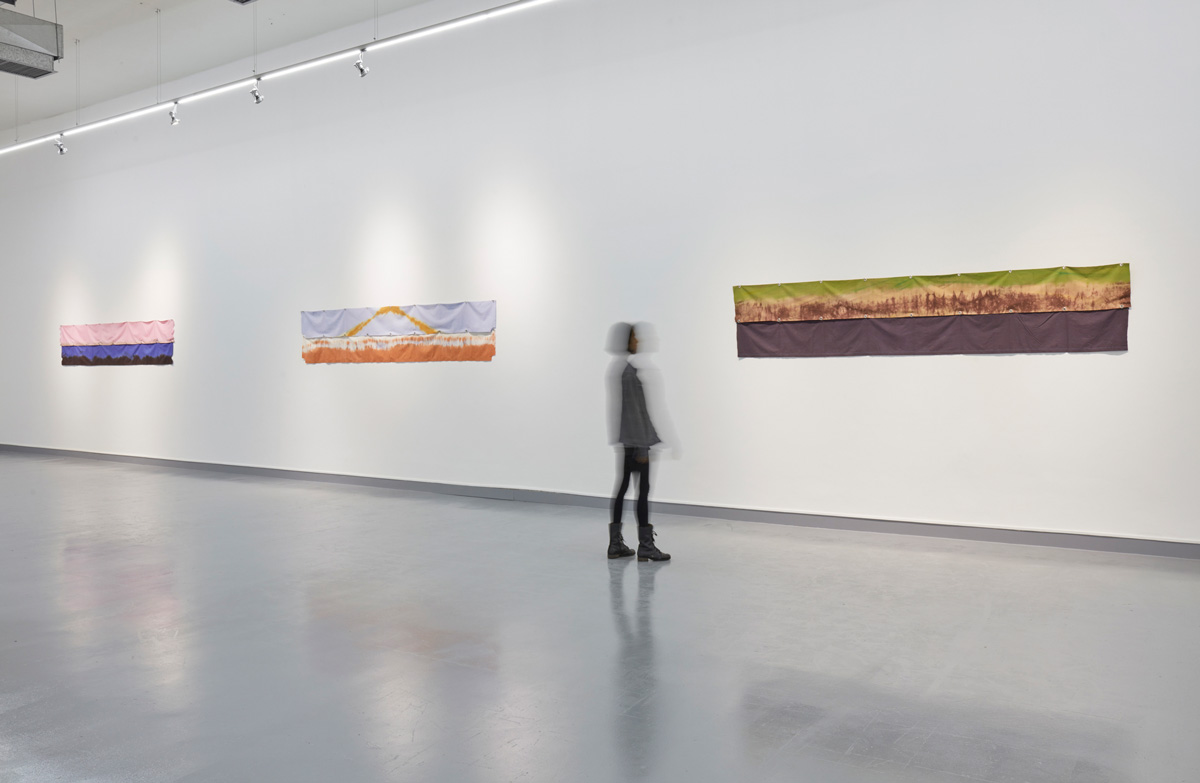
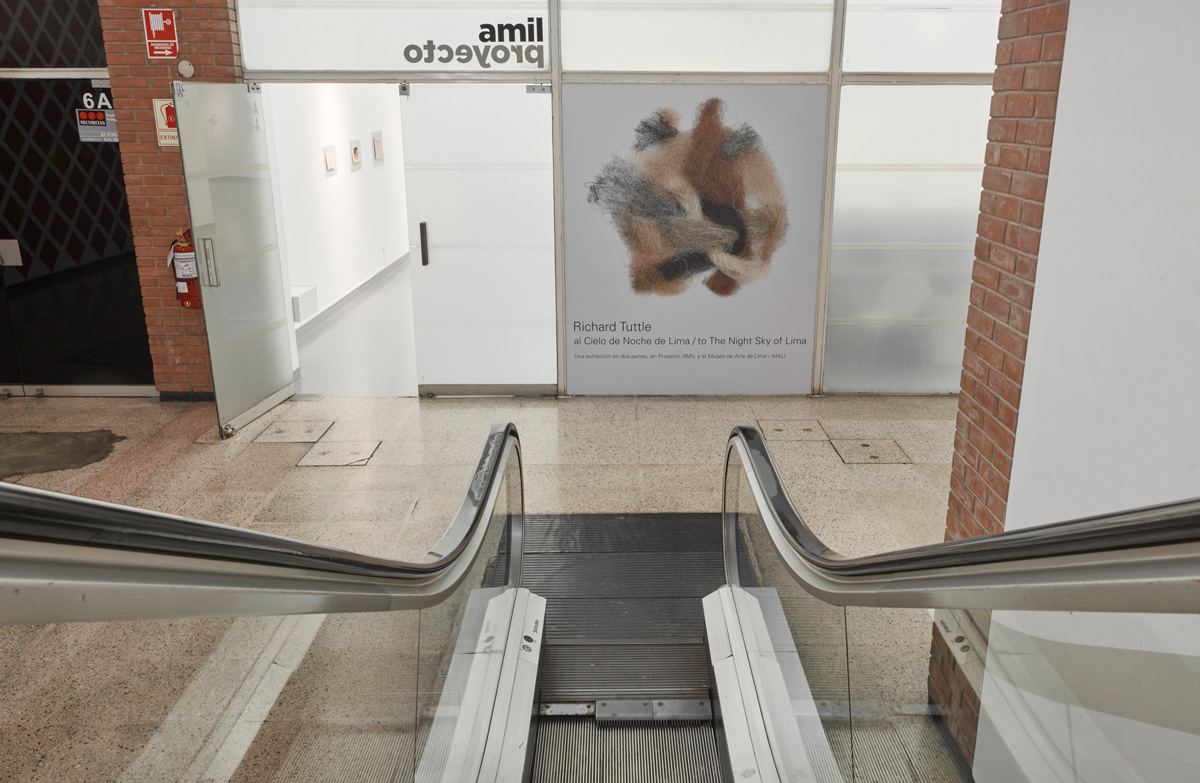
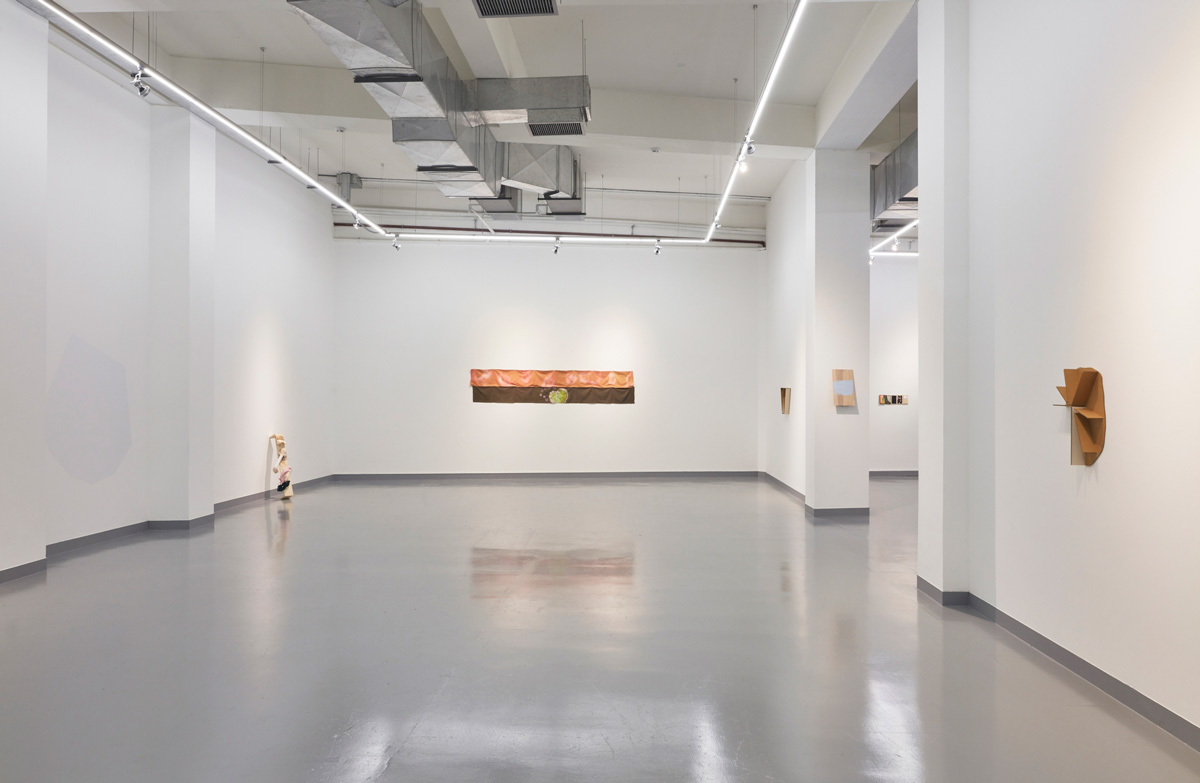
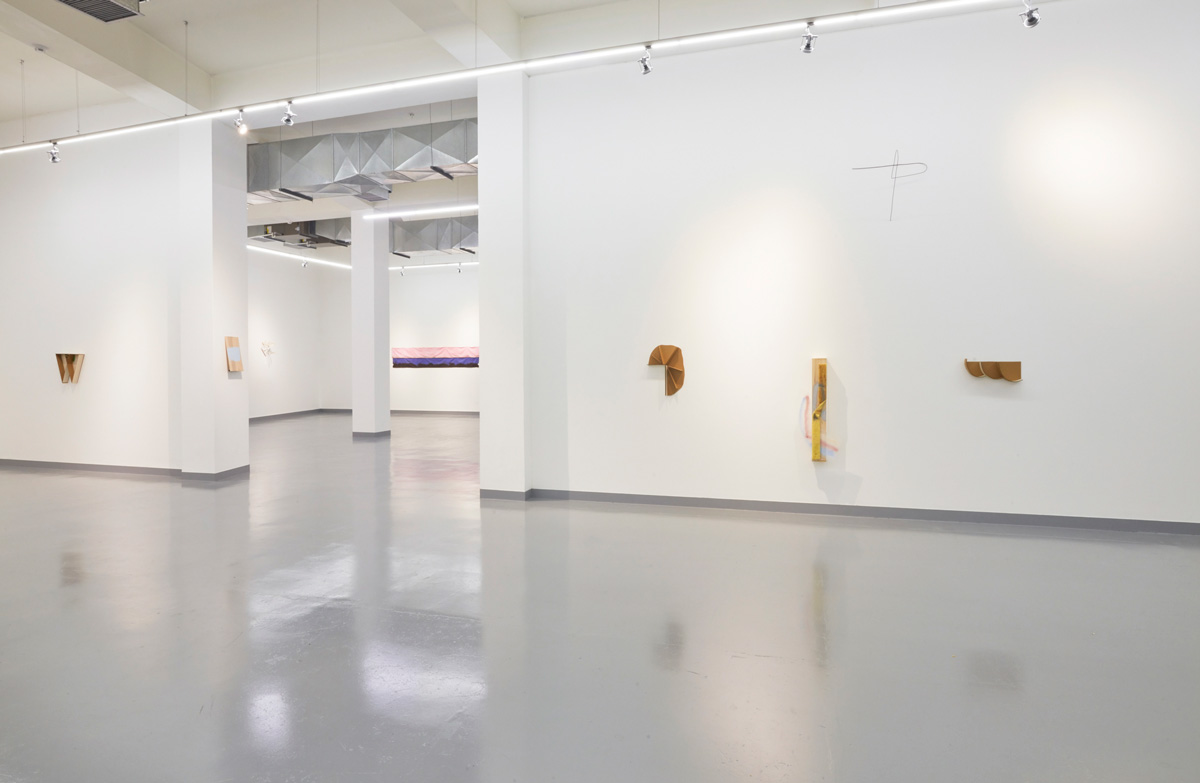
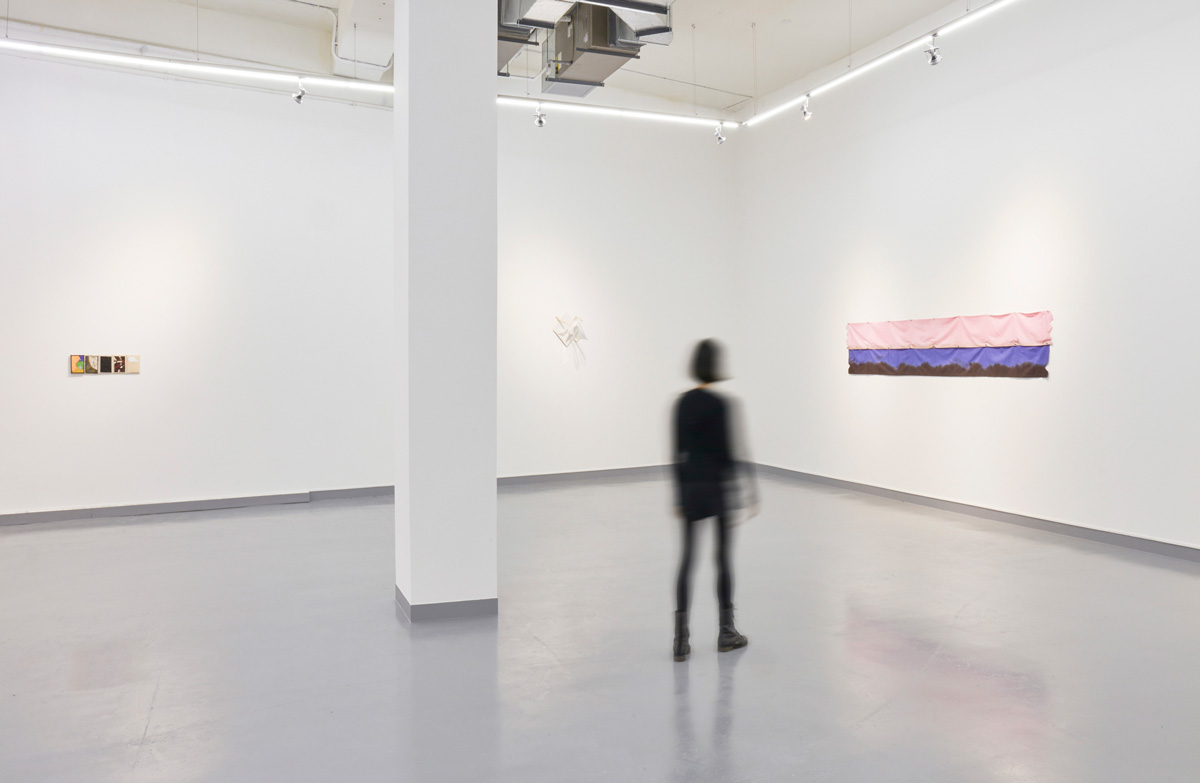

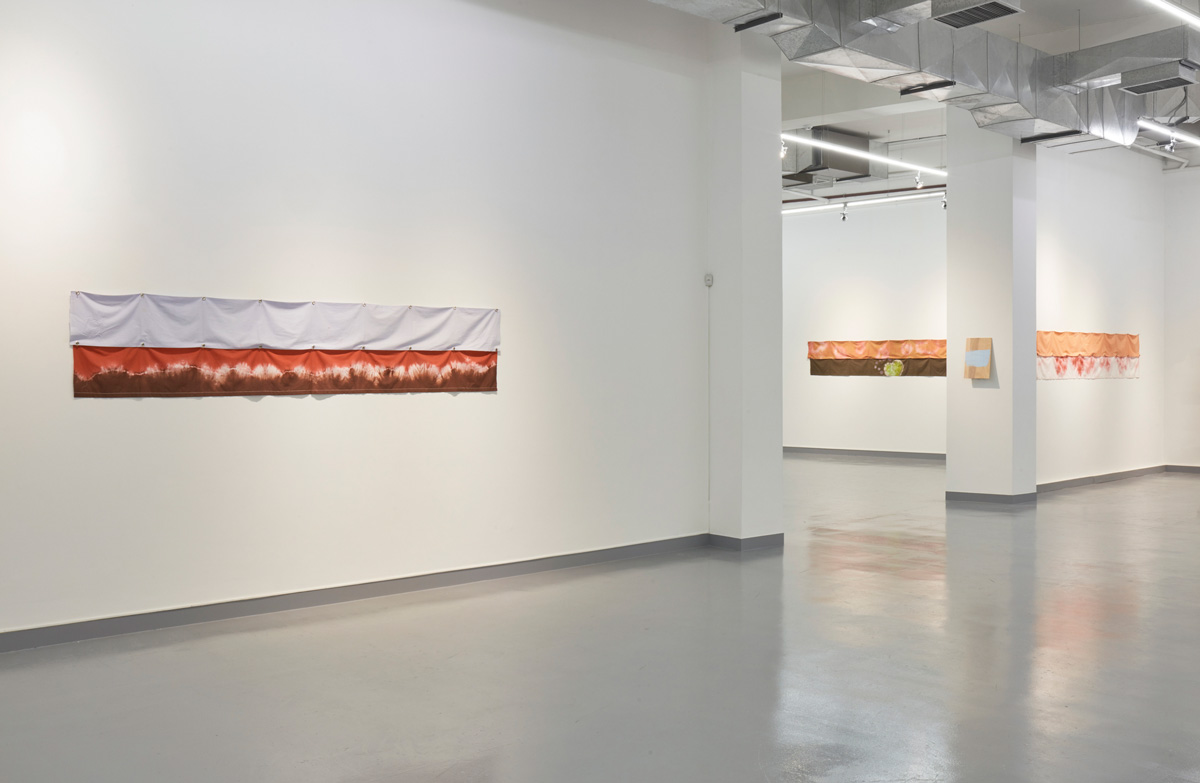
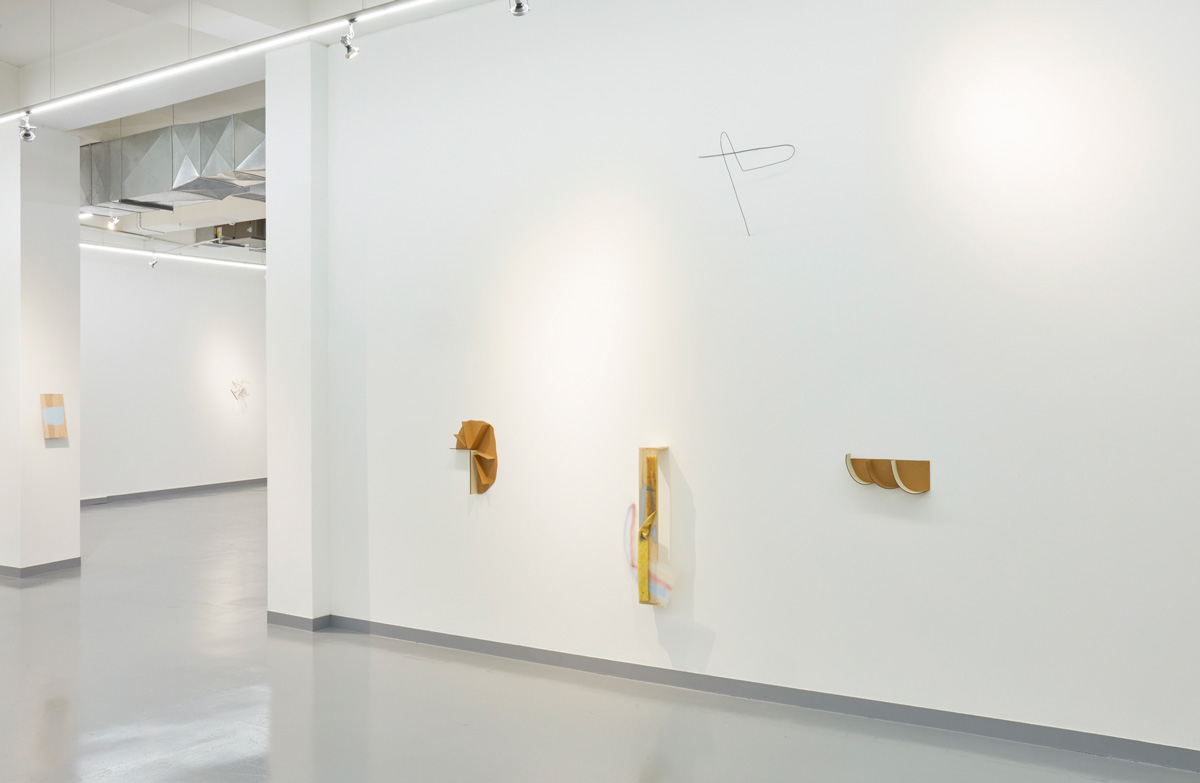
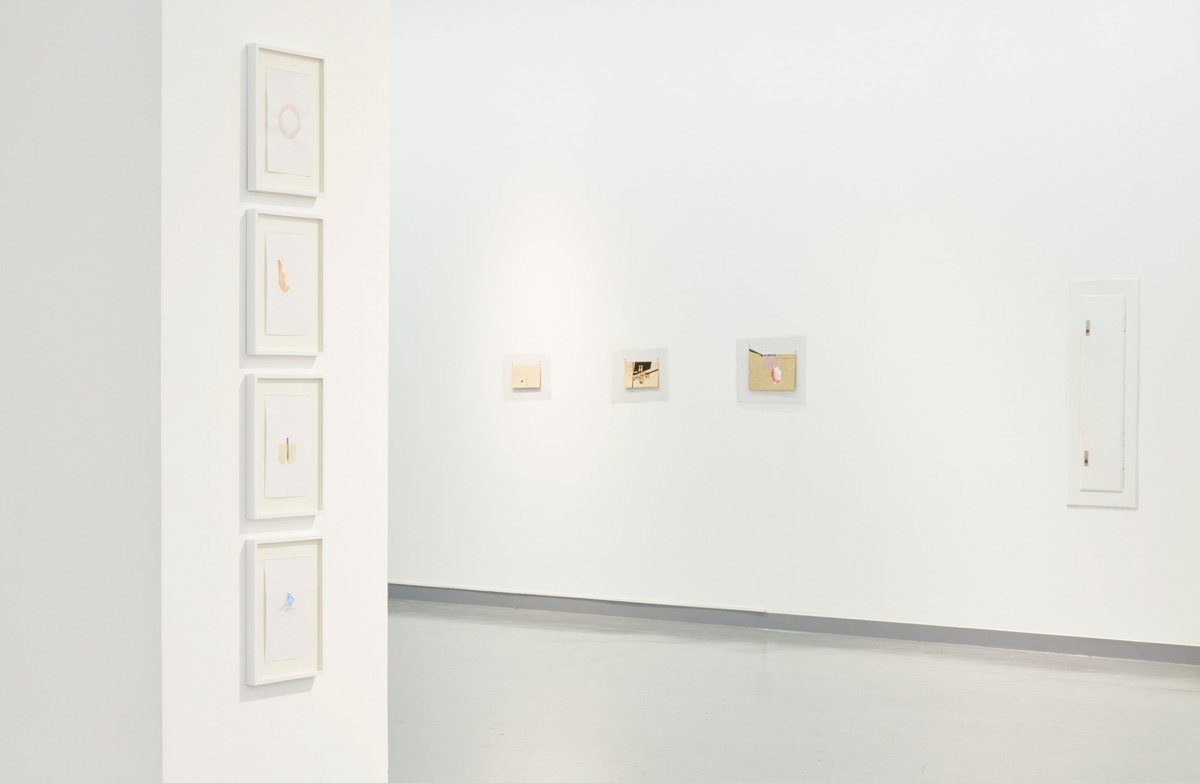
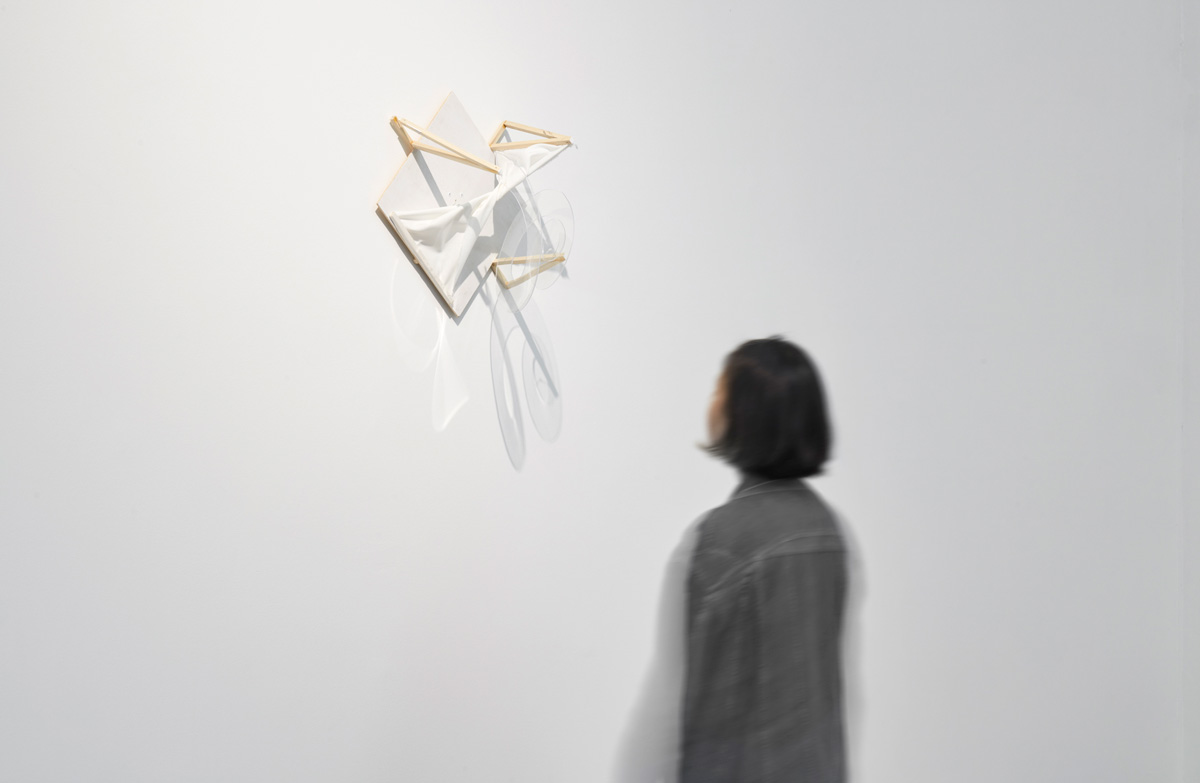
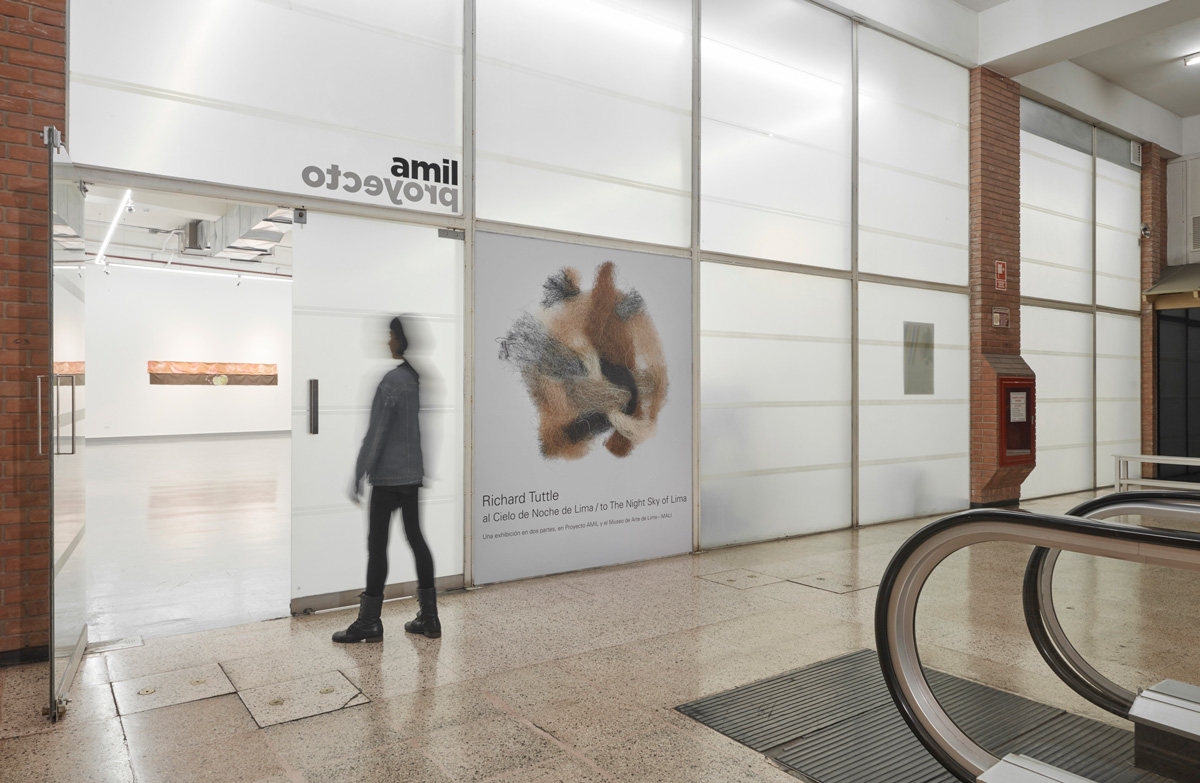

a two-part exhibition, in Proyecto AMIL and Museo de Arte de Lima – MALI
Known for his subtle and intimate works, American artist Richard Tuttle (b. 1941) has been a highly influential figure in the international contemporary art scene for over 40 years. Through his use of mundane materials, Tuttle creates sophisticated and poetic constructions that elude historical and stylistic categorization. Sharing the title al Cielo de Noche de Lima / to The Night Sky of Lima, and organized in close collaboration with the artist, the two exhibitions will collectively present a survey of works beginning in 1970, including a new commission inspired by his recent experience in Peru.
Since his first solo show at Betty Parsons Gallery, New York, in 1965, Richard Tuttle’s work has been characterized by forcing into question artistic conventions and established art categories. Although known mainly as a sculptor, his vast body of abstract work comprises varied media such as drawing, painting, collage and design. His first works were associated with the post-minimalist currents that prevailed in the North American art scene in the 1970s, but the artist’s overall practice has followed a distinct path of its own.
One of the most distinctive features in Tuttle’s work is the making of unique objects with an ample range of common materials –from cardboard, wire, paper and cloth; to Styrofoam or plastic— that often lie in the periphery of artistic practice. His constructions, often peculiar, dwell in an undetermined space between painting and sculpture, in the transition between two and three dimensions. This positioning remains undetected by the senses and confronts the well-extended traditional idea of sculpture being monumental.
Recognized as one of the first artists to break from the conventions of the frame (by adhering the unstretched canvas directly to the wall), Tuttle pays special attention to marginal spaces. His works can be displayed hanging from the wall or placed directly on the floor, in a play with the spacial order of the exhibition, promoting an encounter between art and its surroundings.
Another characteristic feature of his works is their engagement in the subtle plays of language, tempting its limits by resisting all symbolic reference. For example, one of his best-known series assumes the form of figures in galvanized metal that recall a sort of secret alphabet. Other examples can be found in Ten kinds of memory and memory itself, an emblematic installation from 1975 in which an ensemble of ropes delicately arranged over the floor of the gallery function not only as a drawing in the space but as a reminder of a certain kind of writing, a product of an invisible choreography.
*
al Cielo de Noche de Lima / to The Night Sky of Lima is the first presentation of Richard Tuttle’s work in Lima. The evocative title of the exhibition has been conceived by the artist as a form of dedication; a poetic evocation that acts as an oblique reference to the context of presentation yet does not directly relate to the exhibited work. The selection of pieces is accompanied by a set of graphic elements conceived by Tuttle, that provide the viewer with interpretative keys as they wander the spaces and navigate the varied contents of both venues: two opposed and complementary graphic identities that demarcate the poles of the exhibition.
At Proyecto AMIL one encounters a selection of representative works that introduces local audiences to the evolution of Tuttle’s complex oeuvre throughout the years. The exhibition includes some of his earlier pieces such as the famous 1st Paper Octagonal (1970) –an irregular paper octagon fixed directly to the wall—; some of his more geometric constructions in corrugated cardboard and glue from the Boys Let’s Be Bad Boys (1998) series; assemblages adhered directly to the wall in the Section, Extension J (2007) series; to some of the recent Walking on air (2009) pieces –colourful horizons in dyed cotton and thread fibers—that attest to his long fascination with the textile tradition. At this venue, instead of arranging the works chronologically, Tuttle has opted to display them following formal associations and responding to the architectonic conditions of the gallery.
Meanwhile, the Museo de Arte de Lima-MALI, features a new body of work made by the artist in his New Mexico studio between 2015 and 2016. These new works comprise three different series —featuring assemblages in Styrofoam and aluminum foil that have been intervened with painting, as well as fragile paper constructions— placed both at MALI’s foyer and inside gallery 4, one of the museum’s most intimate spaces. As in all of Tuttle’s exhibitions, the treatment of the object remains in intimate relation with the surrounding space.
A panoramic look into Richard Tuttle’s artistic production reveals a great consequence in a working process deeply committed to object and matter. Far away from any representational impulse, the artist chooses material in order for it to question itself, and to question the nature of the image.Throughout his career Tuttle has sought to achieve an experience that dislocates the abstract object from the innocuous space placed onto it by history. The totality of his work challenges material conventions, while at the same time putting into question the importance of many traditional aesthetic values, particularly the notion of taste and by extension, the idea of “quality” in abstraction.
Proyecto AMIL
25 October – 21 January 2017
Opening
Monday, 24 October
7 pm
Proyecto AMIL
Centro Comercial Camino Real
Lima
Opening
Tuesday, 25 October
8 pm
Conversation with the artist
Tuesday, 25 October
7 pm
Paseo Colón 125
Parque de la Exposición
Lima
Parking and access via Avenida 28 de Julio
(at the end of Petit Thouars)